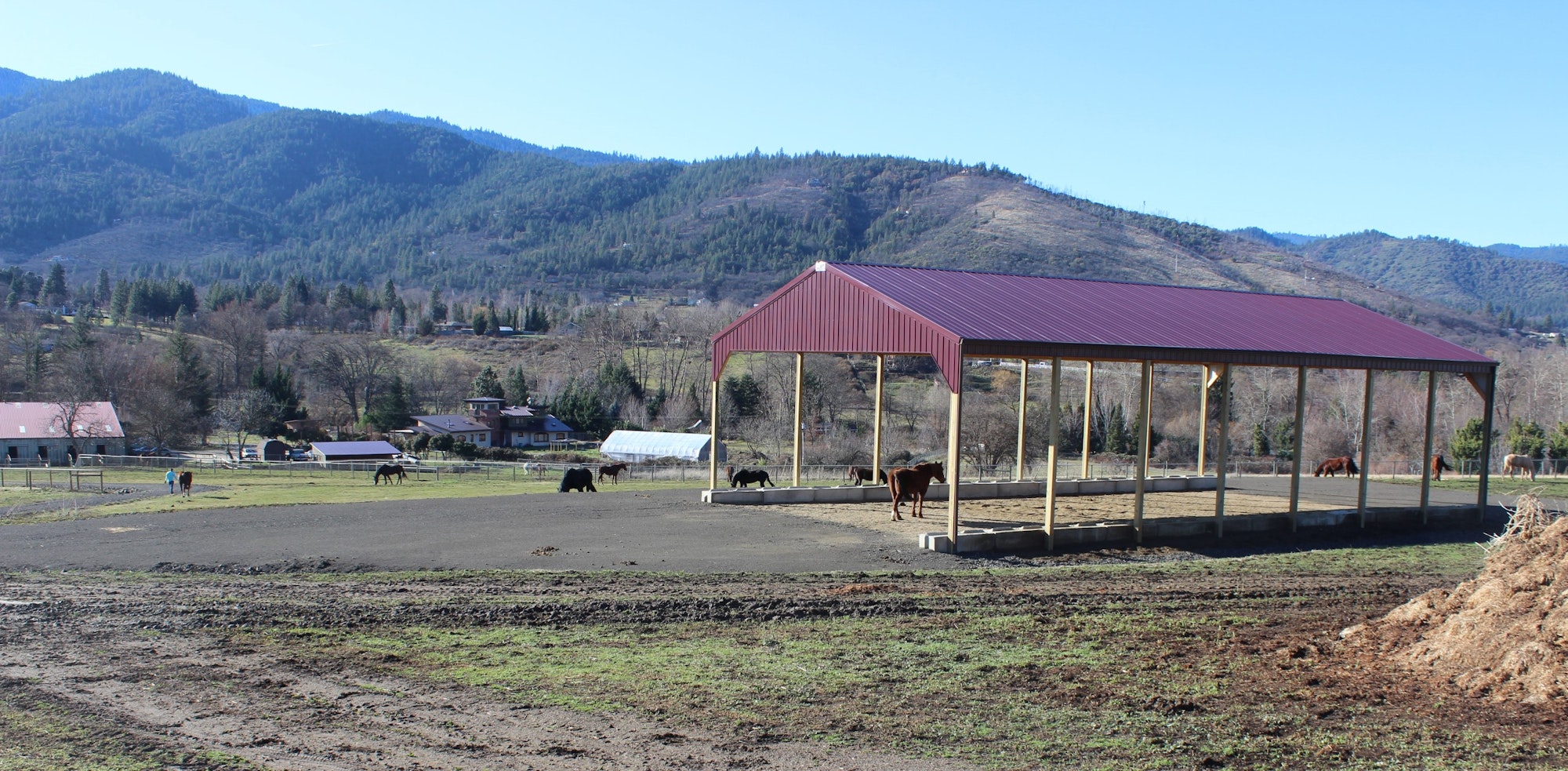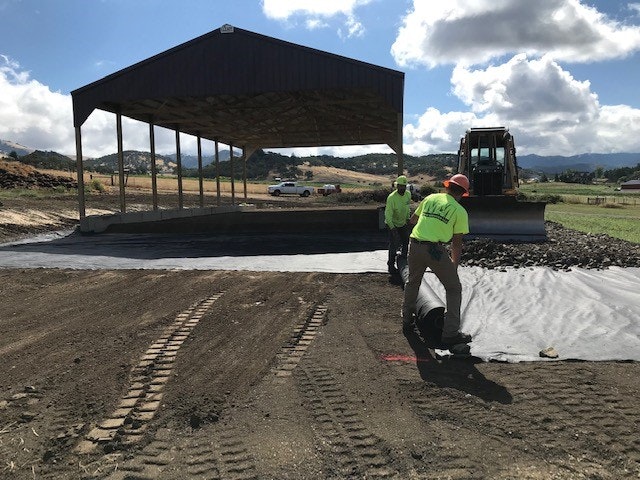Neil Creek SIA
Neil Creek SIA
The Neil Creek SIA, selected in 2016, included properties within the Neil Creek Sub-Watershed of the Bear Creek Watershed in Jackson County.
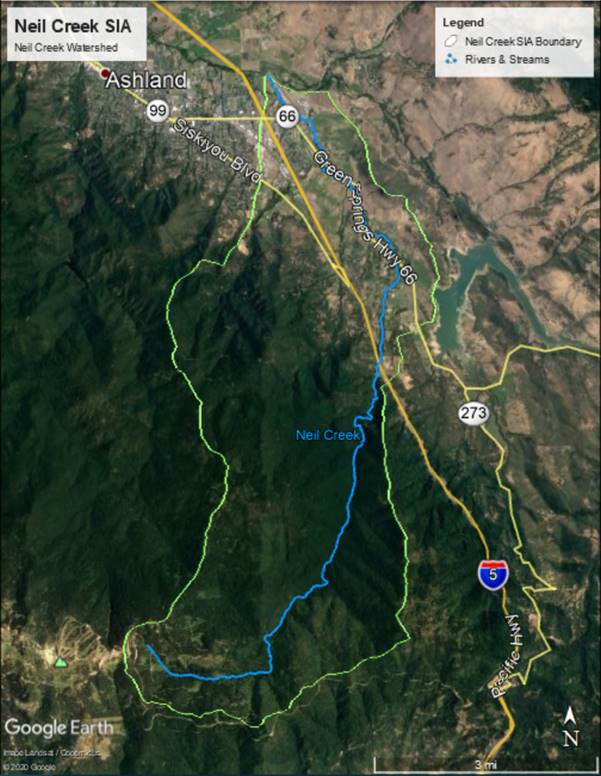
Neil Creek SIA contains approximately 1,750 total agricultural acres, consisting primarily of vineyards, small acreage agriculture, hay, cannabis, and livestock. Primary water quality concerns in this watershed include bacteria, temperature, dissolved oxygen, and nutrients.
Types of projects completed in the Neil Creek SIA to address these water quality concerns include: Irrigation Improvement, Manure Management, Fencing, Access Road Improvement, Drainage Improvement, and Vegetated Filter Strip.
Partners involved on the Wagner Creek SIA include: JSWCD, RRWC, ODA, OWEB, and many others.
Interested in specific project examples or before and after photos from our past SIA projects?
Keep reading about the Neil Creek SIA below, and check out the Wagner Creek SIA page for more!
Neil Creek SIA Success Stories & Project Photos
Neil Creek SIA Project #1
Type of Project: Manure management, irrigation efficiency improvement, vegetative filter strip, access road improvement
Lead Organization & Staff: Sarah Sauter, John Speece; Rogue River Watershed Council
Partner: Paul DeMaggio, Clint Nichols, Jenna Sanford; Jackson Soil & Water Conservation District
Cost: $139,024.96
Funders: Oregon Watershed Enhancement Board, Jackson Soil & Water Conservation District
Timeline: March 2017 to December 2019
Problem:
In 2016, the Oregon Department of Agriculture (ODA) identified the Neil Creek watershed as a Strategic Implementation Area for water quality concerns related to vineyards, small acreage agriculture, hay, cannabis, and livestock. Neil Creek drains into Bear Creek, a major tributary to the Rogue River.
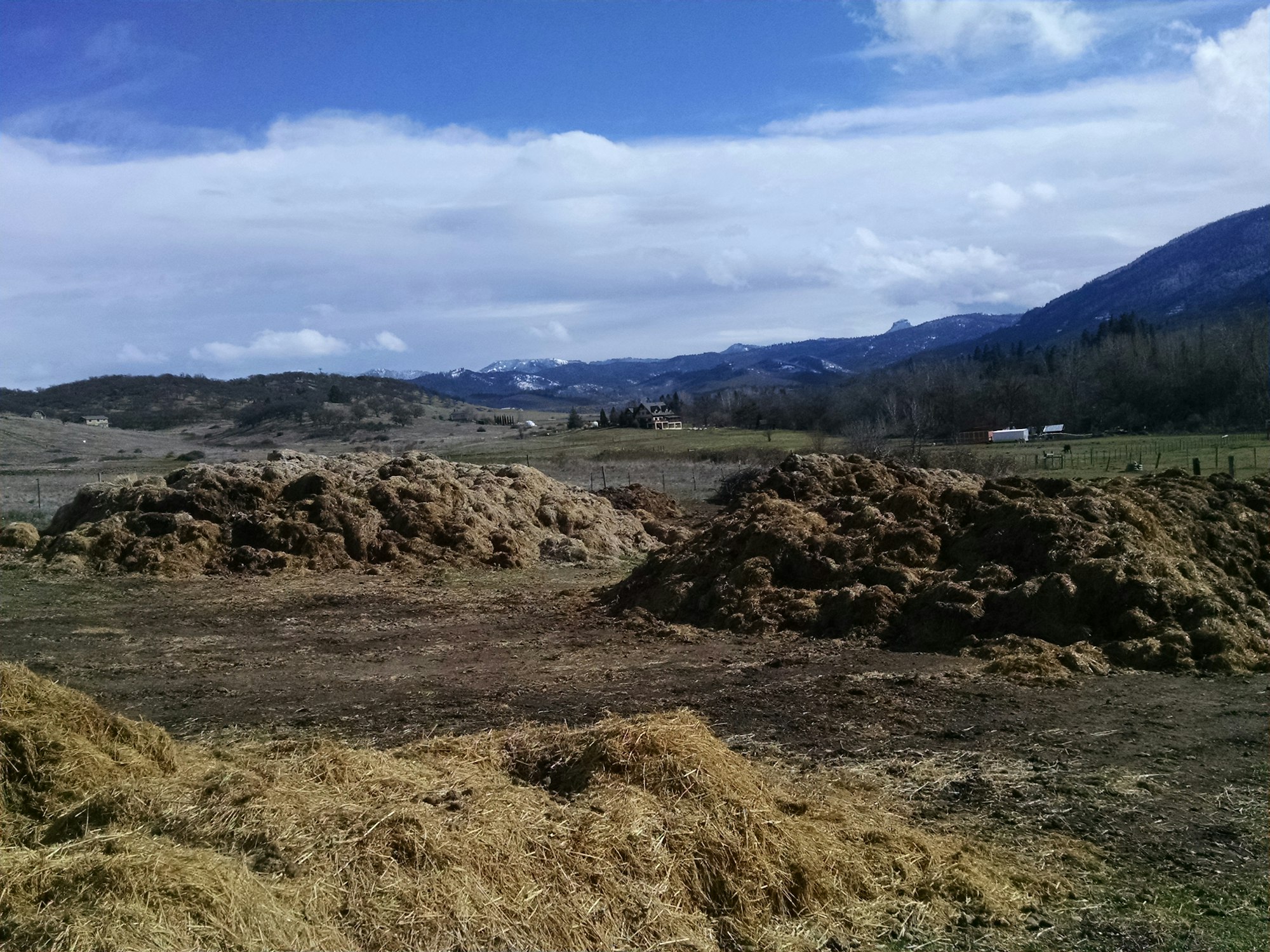
Land management practices on agricultural lands have had deleterious effects on water quality in Neil Creek. Water quality impairments include water temperature, dissolved oxygen levels, nutrients, bacteria, and sedimentation. Conditions contributing to poor water quality include bare ground, exposed manure piles, and livestock management.
The Equamore Sanctuary is located on Neil Creek, two miles east of Ashland in Jackson County. The SIA process, using publicly available information such as satellite imagery and public roadside observations, identified the manure management practices at the Equamore Sanctuary as potentially harmful for water quality. The Sanctuary stockpiled manure and stall bedding, an annual accumulation of 16,000 cu.ft. of material, as best they could to minimize runoff into waterways, placing it in a dry field away from Neil Creek and its tributaries.
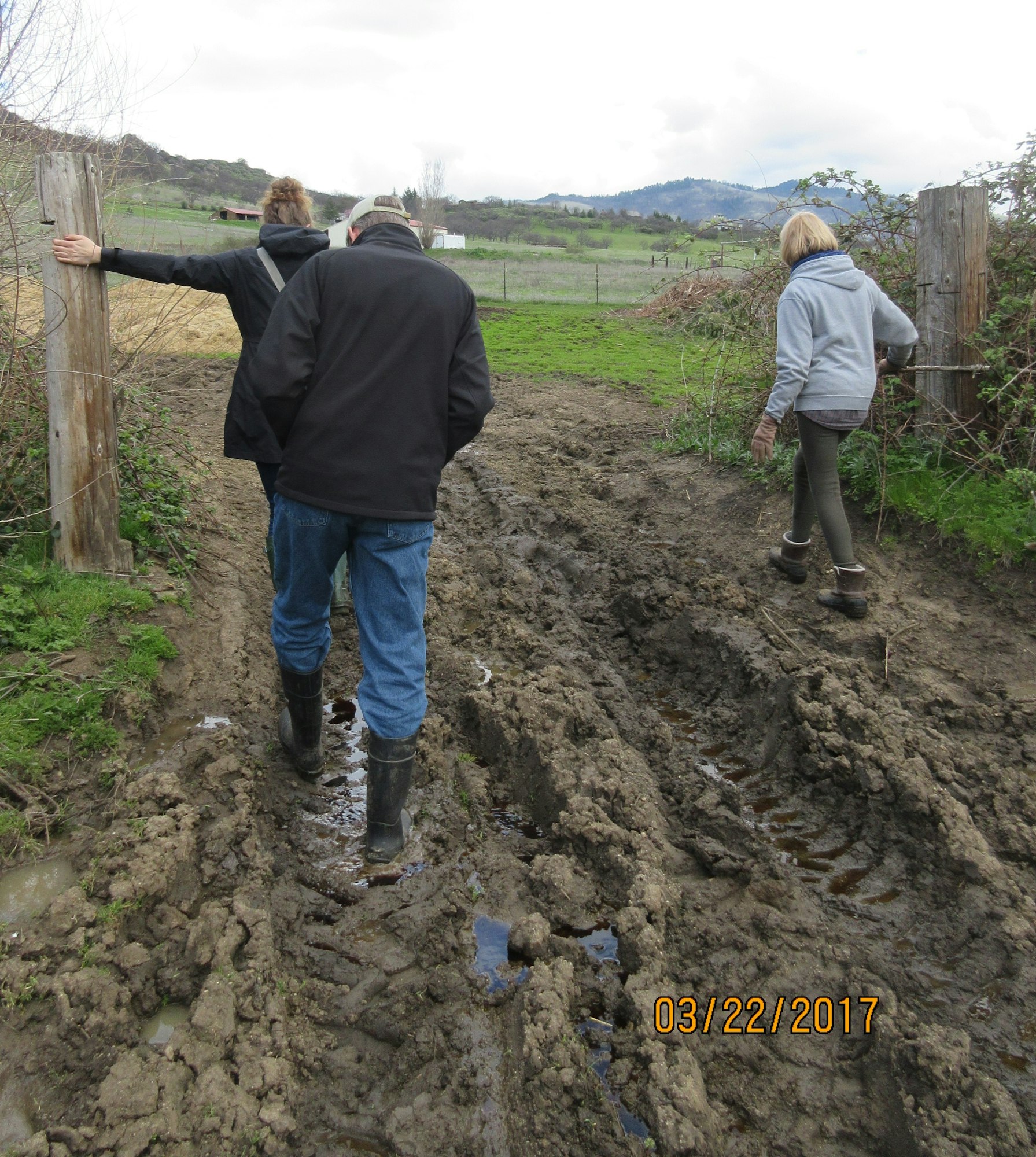
However, Taylor Ditch, a private irrigation conveyance ditch, runs adjacent to the stockpile area and could receive contaminated water from the material. Further, ODA had some concerns that the leaching from the piled manure could impair the local water table, in turn polluting waterways and groundwater sources.
Once on site, Jackson SWCD and the Rogue River Watershed Council identified other water quality concerns and infrastructure needs the Sanctuary could benefit from. An access road to the manure storage area became impassible during the unusually wet 2016 winter storm systems. This meant that the Sanctuary needed to stockpile manure in the lower pastures, much closer to Neil Creek and its tributaries other drainage areas. These drainage areas pass through pasture and sacrifice areas that have constant horse activity, leading to little or no vegetation to stabilize soil and filter out pollutants. Finally, a “wild flood” irrigation system from Taylor Ditch prevented the Sanctuary from evenly spreading irrigation water across the pasture, increasing runoff into a drainage area directly leading to Neil Creek.

Project Description:
Our project helped Equamore implement best management practices to curtail nonpoint source pollution generated from the property. Activities included a 2,800 square-foot manure facility, 580 feet of improved road surface, 480 feet of gated pipe and a distribution box, 906 ft. of fence, and 0.24 acres of vegetated filter strip. Partners included the Jackson Soil and Water Conservation District (Jackson SWCD, technical assistance, funding), Rogue River Watershed Council (RRWC, project management), the Equamore Horse Sanctuary and Foundation (funding, in-kind match), and Rogue Riverkeepers (monitoring). OWEB and Jackson SWCD funds were used for project management, labor, materials, and travel to and from the site, and fiscal administration. Match was provided by RRWC, Jackson SWCD, and Equamore.
Ecologic Impact: Improved water quality in Neil Creek, its tributaries, the Taylor Ditch, and groundwater sources; reduced pasture erosion and road erosion.
Economic Impact: Easier access to store and sell manure material; reduced road maintenance costs; increased pasture yield; reduced healthcare costs for horses.
Access Road Improvement




Vegetated Filter Strips

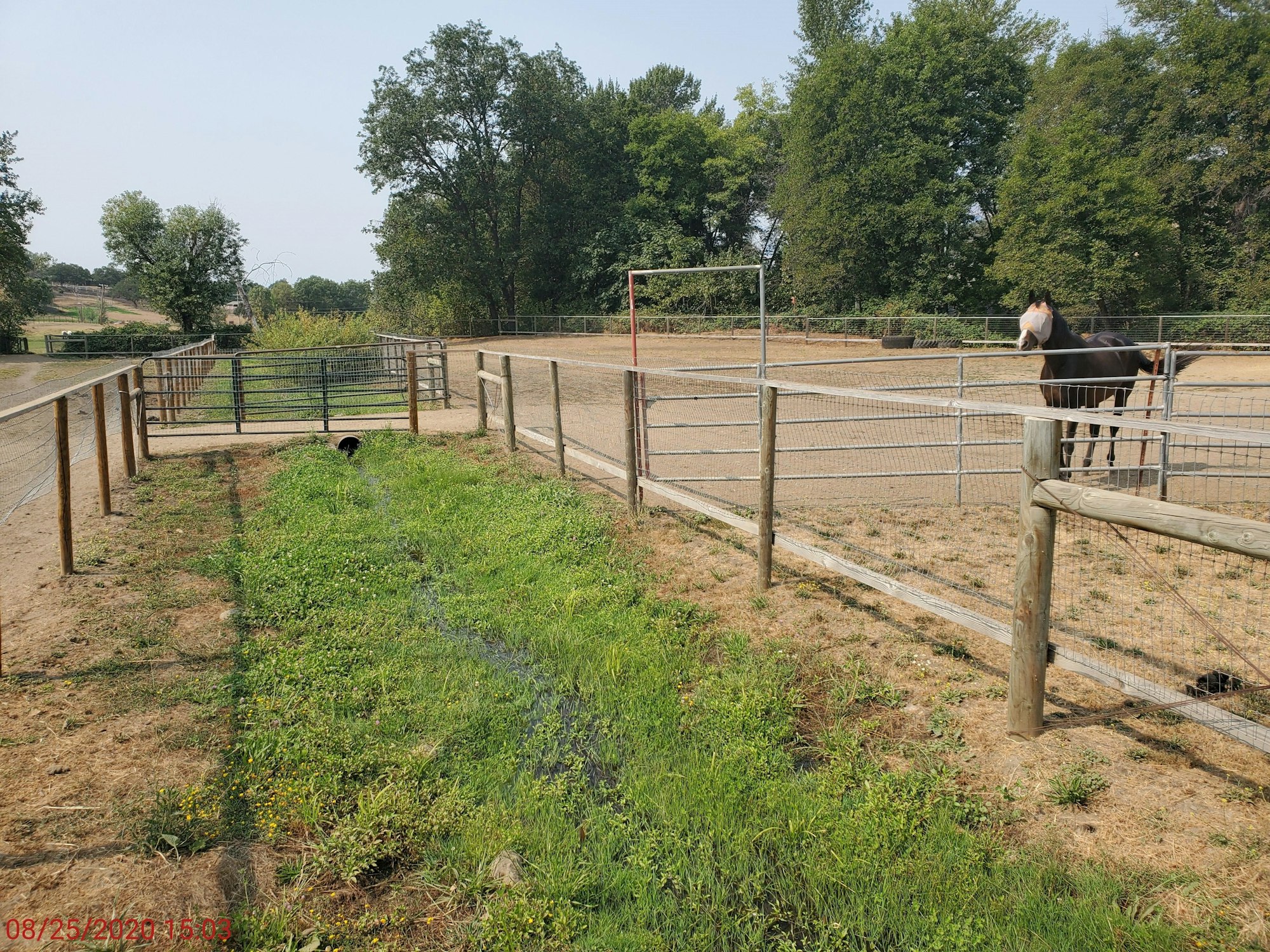


Irrigation Efficiency Improvement - Gated Pipe
%20crop.jpg?ixlib=rb-1.1.0&w=2000&h=2000&fit=max&or=0&s=e1367a77c63af2943f3d87d75b90c78c)



Manure Management - Storage Facility

